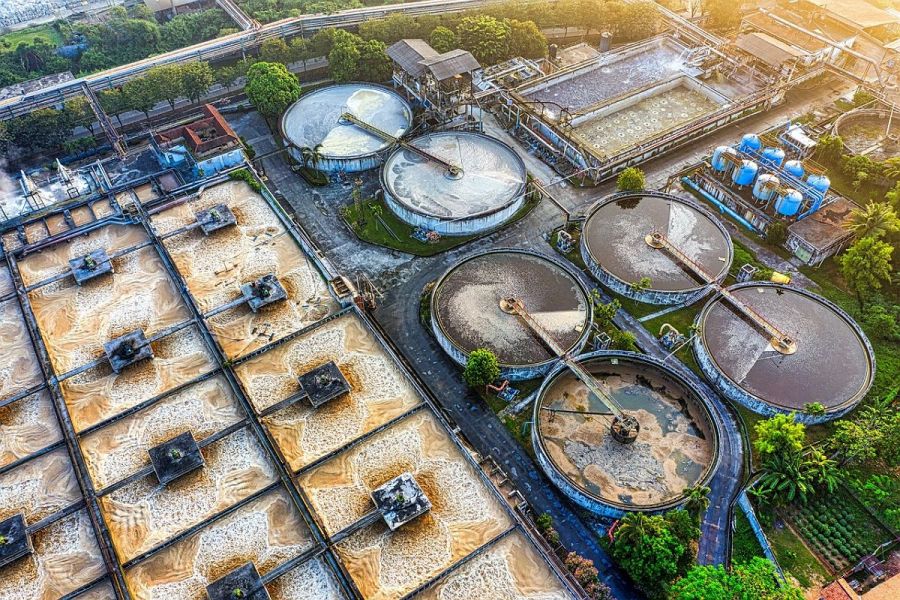In the face of environmental threats, we urgently need effective solutions. Our recent proposal focuses on a groundbreaking approach—simultaneously developing a unique TiO2-carbon fiber photocatalyst and a customized LED light source. This parallel approach increases the removal efficiency of contaminants, especially sulfamethoxazole, over multiple cycles. Moreover, it is energy-efficient and compliant with the principles of sustainable development.
In the face of growing threats to the natural environment, primarily caused by human activities, the need to develop effective water purification methods is becoming increasingly urgent. Recent ecological disasters, such as the discovery of over 100 tons of dead fish in the Oder River in Poland, serve as evidence of an ongoing problem. Furthermore, the COVID-19 pandemic declared by the World Health Organization in 2020 posed a significant threat to the water environment due to the global increase in waste production, especially pharmaceuticals, which quickly found their way into municipal wastewater treatment plants. However, current water purification techniques, such as adsorption and coagulation, do not solve this problem; they merely transfer pollutants to another phase. Other traditional processes, such as sedimentation, filtration, and membrane techniques, incur significant operational costs. Therefore, there is a growing need for the rapid development of innovative water purification methods. One proposed method is photocatalytic water purification, allowing the removal of harmful pollutants such as drugs or pesticides. Nevertheless, despite research conducted over the last few decades, the application of photocatalysis in water purification systems remains very limited. Hence, the urgent development of new technological frameworks becomes crucial to accelerate the progress of photocatalytic water purification methods and overcome current limitations.
Therefore, addressing contemporary expectations, this publication proposes an innovative approach focusing on the parallel development of photocatalytic material and the photoreactor system. The primary goal of the work was to create a TiO2-carbon fiber photocatalyst with a unique three-dimensional structure. This structure not only facilitated easy separation after the photocatalytic process but also improved the contact between the photocatalyst and the degraded pollutant—sulfamethoxazole. However, a key element of the work was designing a light-emitting diode (LED) light source tailored to the absorption spectrum of the photocatalyst. Such a parallel approach to the development of the photocatalyst and light source resulted in increased efficiency in removing sulfamethoxazole, even in five consecutive catalytic cycles. Importantly, this solution was characterized by low energy consumption, which is crucial considering the principles of sustainable development.
Adam Kubiak, Elżbieta Gabała, Kamila Sobańska, Marcin Frankowski, Piotr Pietrzyk, Piotr Krawczyk, Michał Cegłowski: The development of novel tailor-made photocatalytic reactor for sulfamethoxazole removal: Understanding mechanism and degradation pathway, Chemical Engineering Journal (473)(2023) 10.1016/j.cej.2023.145168


